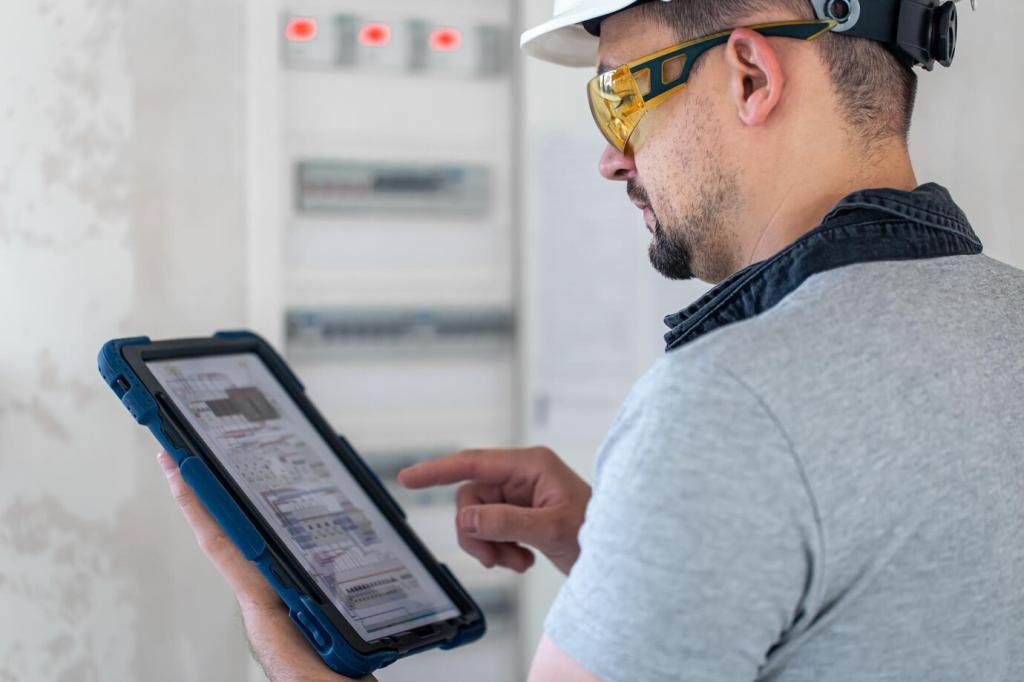Form Factors: Wall, Floor, Free-Standing, and Furniture Safes
Wall safes hide well behind art or shelving but often have limited depth and lighter bodies. Compare their concealment advantage against reduced burglary resistance. Reinforce studs, and consider a decoy hiding spot. Share your clever concealment ideas to help fellow readers.
Form Factors: Wall, Floor, Free-Standing, and Furniture Safes
Floor safes can be encased in concrete, offering great pry resistance and stealth. Moisture is a concern—compare gasket quality and plan for desiccants. Access can be awkward, but they shine for long-term storage. Consider your home’s slab and any utility lines before installation.
Form Factors: Wall, Floor, Free-Standing, and Furniture Safes
Free-standing steel safes for homes offer capacity and flexibility. Furniture-style units blend into rooms but vary in body thickness. Compare weight, anchor options, and door swing with your room layout. If you move often, modular designs might balance protection and portability.










